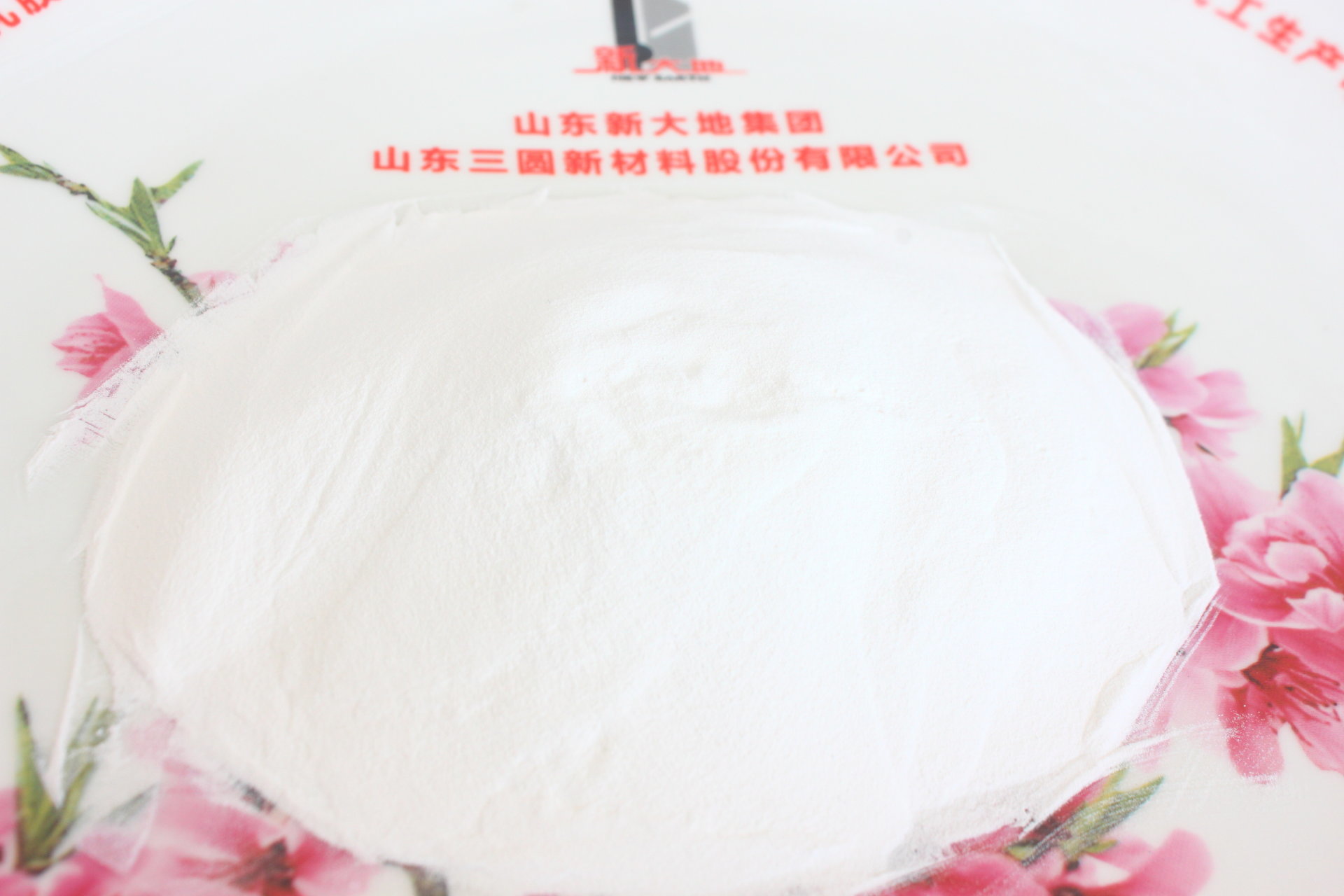Effect of Rubber Powder on Bond Strength of Cement-based Materials
Release time:
2021-09-17
Author:
Source:
Latex powder
Effect of Rubber Powder on Bond Strength of Cement-based Materials
Emulsion and redispersible emulsion powder can form high tensile strength and bond strength on different materials after film formation. They are combined with inorganic binder cement as a second binder in mortar, and cement and polymer play corresponding advantages respectively, so that the performance of mortar can be improved. By observing the microstructure of polymer-cement composites, it is believed that the addition of redispersible latex powder can make the polymer film and become a part of the pore wall, form a whole mortar through internal forces, improve the cohesive strength of the mortar, thereby increasing the failure stress of the mortar and increasing the ultimate strain. The long-term performance of redispersible latex powder in mortar was studied, and it was observed by SEM that after 10 years, the microstructure of the polymer in the mortar remained unchanged, maintaining stable bonding, flexural and compressive strength and good hydrophobic properties. Wang Ziming et al. [11] studied the formation mechanism of redispersible latex powder on the strength of ceramic tile adhesive, and found that after the polymer is dried and formed into a film, on the one hand, the polymer film forms a flexible connection between the mortar and the ceramic tile, on the other hand, the polymer in the fresh mortar increases the air content of the mortar, and affects the formation and wettability of the surface, and then in the process of condensation, the polymer will also have a better effect on the hydration process and shrinkage of the cement in the binder, all of which will preferably help to increase the bond strength.
The addition of redispersible latex powder to mortar can significantly improve the bond strength with other materials, because the hydrophilic latex powder penetrates into the pores and capillaries of the matrix together with the liquid phase of the cement suspension, and the latex powder forms a film in the pores and capillaries and is firmly adsorbed on the surface of the matrix, thus ensuring good bond strength between the cementing material and the matrix.
The optimization of the working performance of the mortar by latex powder is due to the fact that the latex powder is a high molecular polymer with polar groups. When the latex powder is mixed with EPS particles, the non-polar chain segments in the polymer backbone of the latex powder will physically adsorb with the non-polar surface of EPS. The polar groups in the polymer are oriented outward on the surface of EPS particles, making EPS particles change from hydrophobicity to hydrophilicity. Due to the modification of latex powder on the surface of EPS particles, the problem of EPS particles floating up easily in water and large mortar delamination degree is solved. At this time, cement mixing is added, and the polar groups adsorbed on the surface of EPS particles interact with cement particles, so that the workability of EPS thermal insulation mortar is significantly improved. This is reflected in the EPS particles are easily wetted by the cement paste, and the binding force between the two is greatly improved.

Key words:
Latex powder
Recommended News
5 Time Points to Be Grasp in Using Tile Glue
2022-05-23
Application of Cellulose in Putty Mortar
2022-04-26
Use of redispersible latex powder
2022-03-19

Jinan Headquarter: 19th Floor, Greenland Colorful City, East Square of Jinan High Speed Railway
Feicheng Production Base: Feicheng Xinxing Industrial Park, Feicheng City, Shandong Province, China
Yucheng Production Base: Yucheng High-tech Development Zone, Shandong Province, China

